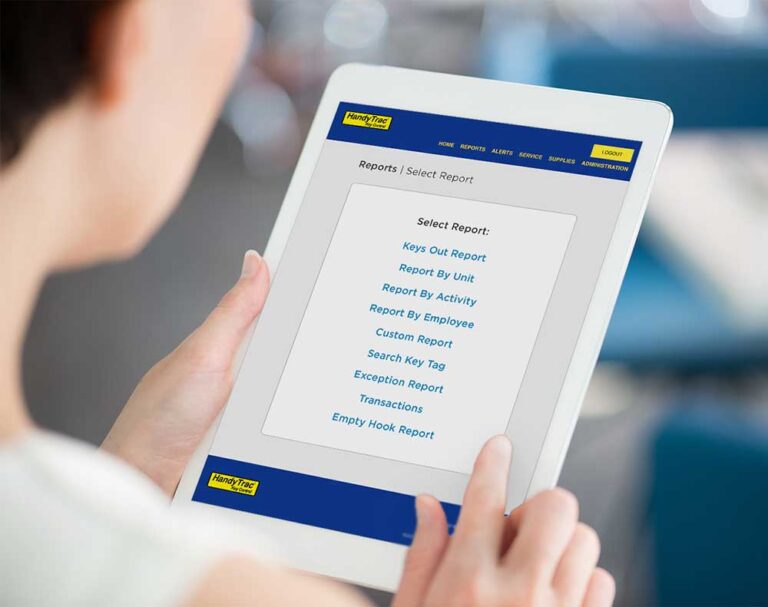For larger building complexes and multifamily communities, you might be surprised to learn that most security threats occur from within. Predators know how to search for weaknesses and vulnerabilities and they know how to exploit them once they find them. A large number of break-ins don’t include brute force — they occur because the thief was able to obtain a key. In other words, your keys are the weakest link in your security chain. This is why having a strong key control policy is critical to the overall security of your facility.
How Keys Get into the Wrong Hands
 The vast majority of the time, keys get into the hands of bad guys for one of three reasons:
The vast majority of the time, keys get into the hands of bad guys for one of three reasons:
1. Lack of tracking
The building management has no clear-cut system for knowing where keys are or who has them, at any given time.
2. Lack of accountability
There is no system for tracking when keys are checked in and out, or by whom (or the system leaves much room for error).
3. Easy access
People can obtain keys far too easily, without much in the way of oversight. If one or more of these areas is weak, your key control policy is not strong enough to ward off breaches and intrusions. It’s as simple as that.
Elements of a Strong Key Control Policy
Concerned that your property has too much fluidity with its key control? Here are some ways you can strengthen your key policies and restrict access:
1. Keep the keys secure
Keys should be kept in a strong, tamper-proof, locked cabinet that can only be unlocked through a series of protocols.
2. Implement multi-step access
Make sure your employees go through several steps before a key is issued to them. For example, the employee may need to scan a badge and input a PIN number before the box opens. Better yet, implement a biometric system that reads fingerprints.
3. Enforce accountability
Employees should input which key(s) they are taking, at what time, and for what purpose — and they should check keys back in by a similar process.
4. Enforce restricted access points
For enhanced security, certain employees should only access certain keys for certain parts of the building or complex. They may only be allowed to check out specific physical keys, or their card keys may be coded for access to certain rooms.
5. Streamline your reporting
Management should be able to view reports at any given time that can show how many keys are out, who has them, which buildings/rooms have been accessed and at what time. This type of monitoring may be crucial to identifying potential violations because unusual activity can be identified easily.
6. Establish an audit trail
Reports should be backed up offsite to prevent any attempts to manipulate the data.
7. Train employees with a consistent protocol
Every employee should be properly trained in the procedure for obtaining and returning keys, and check-out/check-in occurs exactly the same way every time.
Advantages of a Strong Key Control Policy
Making improvements to your key control policy can do the following:
● Help you quickly identify and correct violations for heightened security
● Help you stop an intrusion before it starts
● Help you prevent an intrusion from happening in the first place
● Help you pinpoint suspicious activity in the unlikely event of a break-in
● Give you and your tenants greater peace of mind
Because your keys provide access, they are your greatest potential vulnerability, and therefore, must be accompanied by the highest levels of security and oversight.
HandyTrac offers a variety of key control solutions designed to enhance and implement your company’s key control policy, making it easy to monitor, track and secure your keys. To learn more, contact us here.




